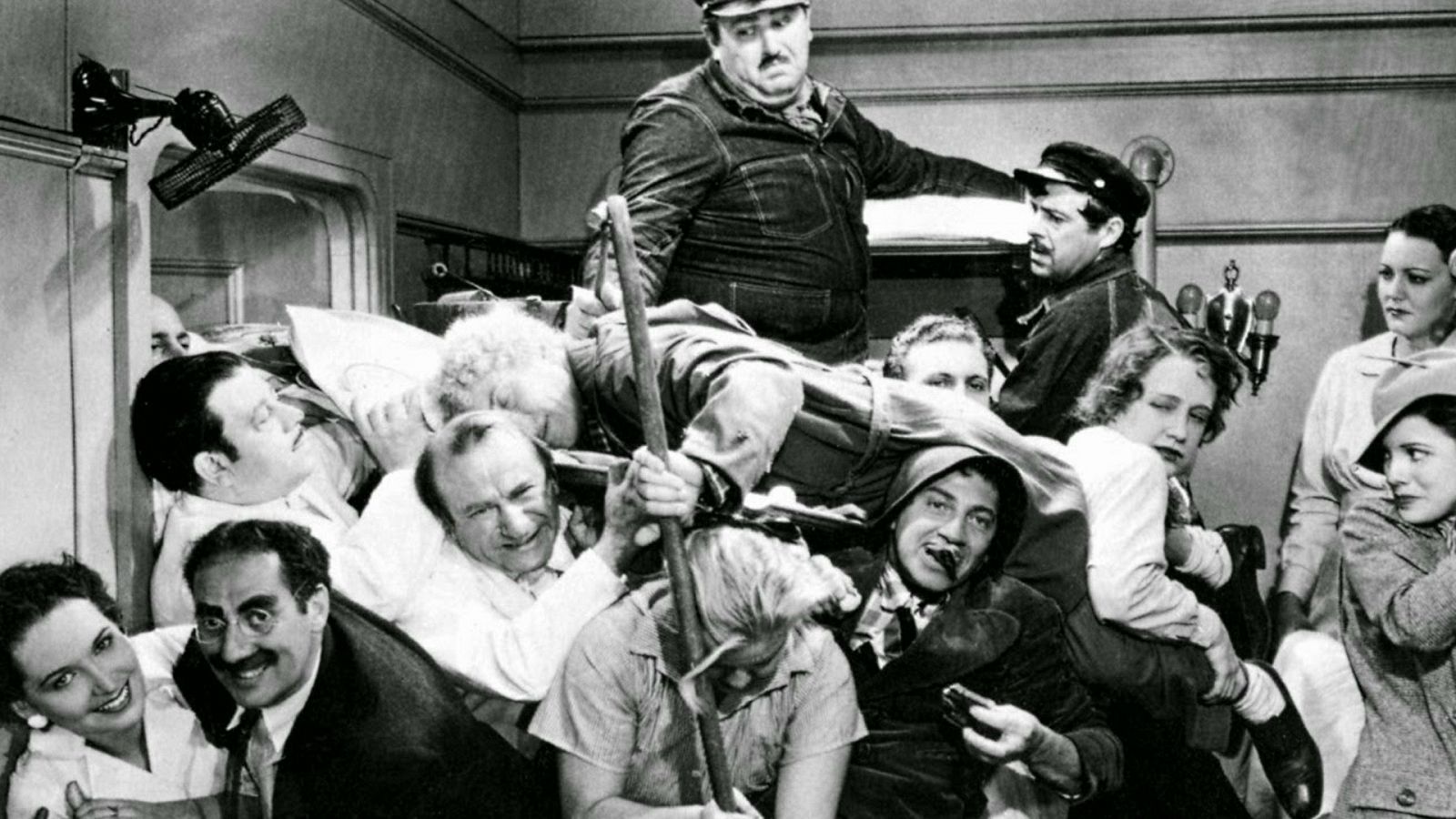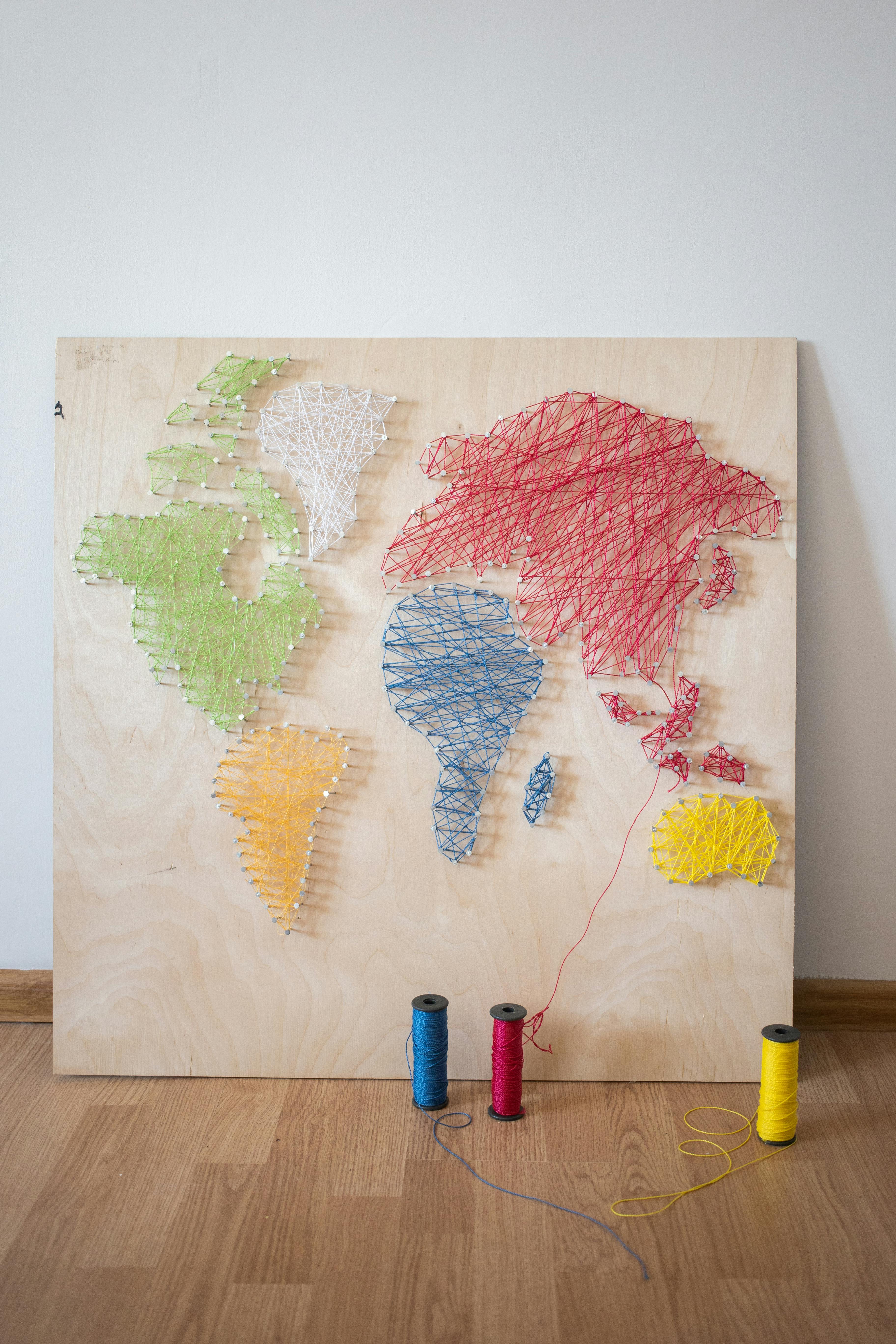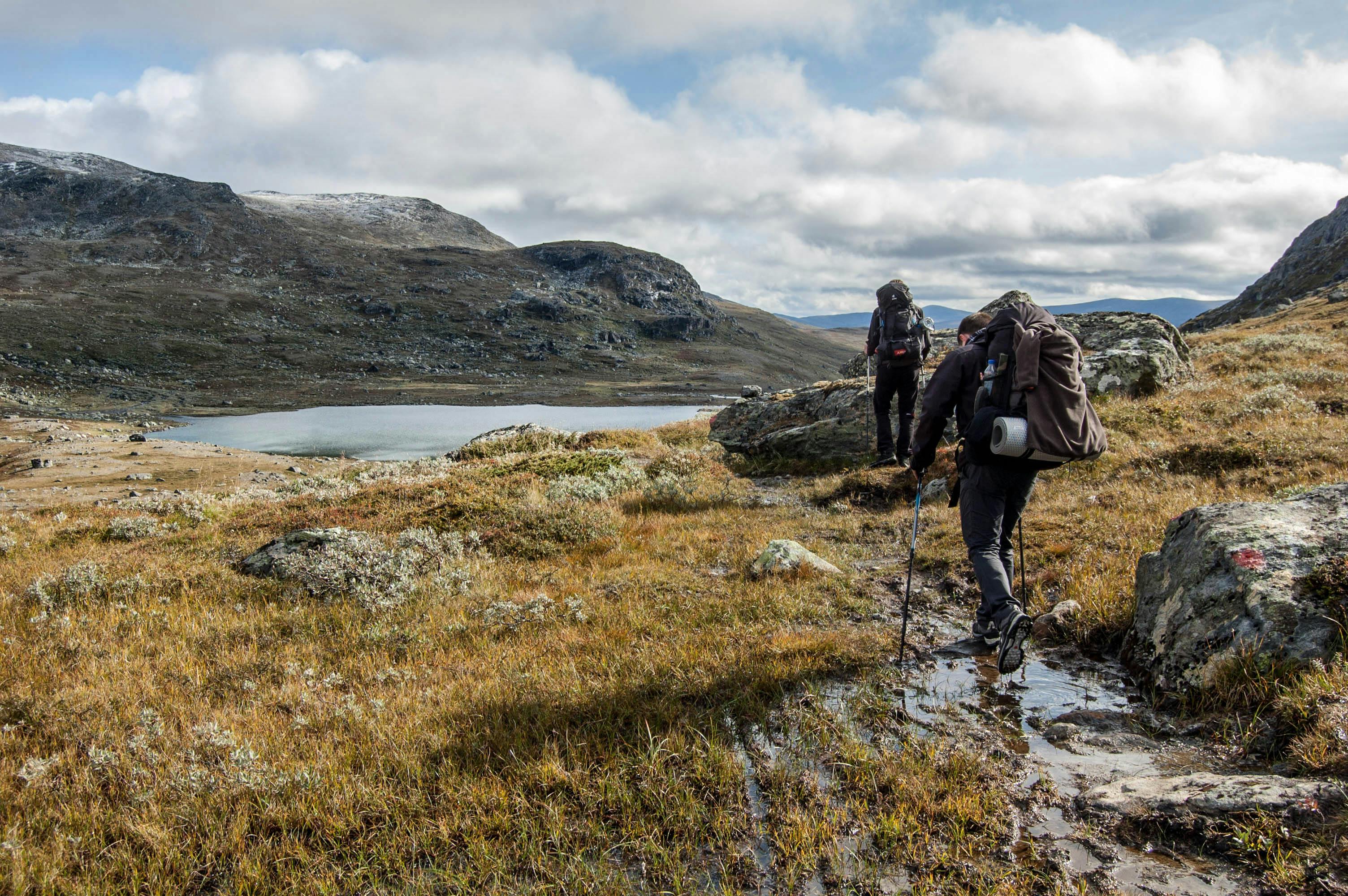::: Notes
- You meet many interesting people.
- It has a multiplying effect, and no downsides.
- Generates karma and gives back to society part of what we learn.
- It helps you structure your thoughts and delve into subjects you are passionate about.
- It's the only true way to prove that you know something.
- It helps to build your personal brand.
- It boosts our egos.
:::
::: Notes
We put passion in our job, so we expect to have a disciplined crowd anxious for learning from us, we imagine them to be as excited as we are regarding all the topics that we explain, with a perfectly organized schedule that allows each one to attend to all sessions, to build an experience based on sharing knowledge.
:::
::: Notes
Reality is, live happens. Most students will struggle to find time for attending the classes, and many of them will already exhausted when they join our training. And each story will be different, making it very difficult to find a way to customize the class time to their needs.
By te way, you can find me in the middle of the photo. It was taken during my time at the University.
:::
::: Notes
Teaching has always been challenging. But now, very often, we do it remotely. This has an incredible potential for democratizing access to knowledge, but also adds new challenges by the fact that we share the space through a little window called our computers.
:::
::: Notes
Even although every knowledge is already available on the web for free, Learning still requires a lot of discipline and locking blocks of time. And, at least for now, Youtube will not resolve doubts or customize an explanation for a particular person.
We are also gregarious creatures. It is fun to share an experience, to interact with other humans with similar goals.
That is why people attended to courses instead of reading books. That is why people attend to our classes instead of subscribing to a canned web course.
Let's see how can we be more fun, interesting and engaging. But, at the same, time, more effective delivering our content.
:::
::: Notes
We don't expect children to be able to paint photorealistic portraits, but sometimes we treat adults as if everyone was already an expert in the subject of the training. We act as if they are in our course to become the most proficient person in the world.
So take it easy. Simplify everything. Limit the scope. And point them to additional resources if you consider they can take advantage of them.
Kill your ego. Remove that part of the explanation that is not so important. Although I must confess that I'm not always able to do it.
:::
::: Notes
This watch has been created by FreakishClock, an Italian design firm based in Florence. Notice how even a concept as extraordinarily familiar as a clock can be stylized down to its essence without losing effectiveness. It eliminates the superfluous, increases the signal-to-noise ratio. You will be understood more easily, they will remember it better, and you will explain it in less time.
Kill your ego. Delete what doesn't matter. Ask yourself, and what? on each slide. Focus on core ideas, remove the rest. Leave them as additional resources.
And, among everything else, keep your explanations short.
:::
::: Notes
We start learning about our reality through stories told by our parents, so it is easy to understand why this symbolic mechanism is so deeply integrated in the way we understand new concepts. A good story will provide context, explaining why the current topic matters to a particular person or group. That is what we call The Mission. And it will also set a path for the Hero's journey (https://en.wikipedia.org/wiki/Hero's_journey) for saving the day.
In other words, don't focus on the tools as a goal by themselves. Instead, propose to use them for solving a problem. That will provide meaning to the effort, changing the motivation of the students towards learning.
And, please, use emotions. Passion and emotions are the main drivers of many learners.
Joseph Campbell wrote a whole book about it. But you don't need to read it, as it is surprisingly boring ;)
:::
::: Notes
This is the most basic question a brain will make: can it eat me?
Fear is an useful emotion: it help us to prevent unpleasant results. For example, there is no need to be a good communicator while speaking at a military briefing: all attendants understand that it is their life what it is as stake.
There are many spaces in which it is healthy to introduce a sense of fear: cybersecurity, cost management, etc. Use it wisely for enhancing engaging as it can loose effectiveness if abused.
:::
::: Notes
The second question your brain will make is, usually can I eat it?.
Well, maybe not literally. But explaining how achieving a goal may help progressing at work, increase the student income or reduce the amount of time required to do a task (and thus, increasing his/her quality of life) may be considered in this category.
For example, while the demand for classic system administrators is declining, cloud engineers are still highly valued in the job market.
By the way, never display food photos around lunchtime ;).
:::
::: Notes
Ok, not about food chains anymore. But, may we have sex?. In a broader sense, is it going to be exciting? We love technology, we enjoy being able to push if further to a different level. Learning is sexy!
Also, all presentations should have at least one picture of Chris Hemsworth.
:::
::: Notes
Ok, maybe we are not Chris Hemsworth. But remember: the freaking Miles Davis himself said "I think the greatest sound in the world is the human voice.", and you are lucky enough to have one. So put it in good use, as any medieval bard knew using the proper tone and modulation is enough to boost imagination and engage with the audience.
It is the most basic mechanism we have to communicate with each other, an incredibly versatile tool for connecting. At the same time, there is nothing more depressing that attending to a long talk given by someone who doesn't know how to express emotions through his or her voice.
And, please, use a good microphone.
:::
::: Notes
(Whiteboarding this explanation can be extremely useful)
Even if you are behind a camera, it is very important to maintain eye contact and have a general awareness of your own body language. You don't need to resort to clichés like many YouTubers, but there's a reason why they express themselves in such an exaggerated way: audio is only part of the signal that helps us understand the message.
Use your hands to emphasize important aspects of the explanation, smile, and raise your eyebrows if you are asking a question.
If the training is being delivered remotely, proper lighting is much more important than camera quality. Ideally, use a wide source of natural light (for example, sunlight reflected off the wall in front of the desk). However, this will not work in the late afternoon or evening.
The most important consideration here is to avoid having the most powerful light source behind or directly above you. This will make it impossible to see your features, or it will create unnatural shadows and highlights on your face.
If you don't wear glasses, a ring light on top of your secondary monitor may be sufficient, although most of them are not powerful enough (and the larger ones may cause discomfort).
It's better to use two different light sources, one on each side, like in the photograph of the man. This will create natural shadows and avoid annoying reflections.
:::
::: Notes
If you don't have time for anything else, read Garr Reynolds blog Presentation Zen, or event better, find his book in your local library.
And remember, we are visual creatures. Don't abuse text: your slides are not documentation, write a freaking document to provide additional content or simply use the speakers notes to go deeper. But before putting so many details in the notes, be sure you list the keywords that will trigger the different sections of your explanation at the top of them
The worst sin you can do in the classroom is to limit yourself to reading the slides. Why are you there, if all the content is already displayed behind you? Also, we read faster than you speak: nobody is going to care at all about what you are saying if they are busy reading your slide.
Good slides will guide YOU, and complement your explanation. They will provide ascetics to your history, and will anchor your students again in the explanation if they lost focus for a moment.
Try to make good use of the typography: a good font face will add personality, but will be easy to read and non distracting.
And, again, never read your freaking slides.
:::
::: Notes
But, you know what? Maybe you don't need slides.
Developing the supporting visuals at the same time that we are explaining a topic can be a very effective way of providing increasing levels of detail, reducing the cognitive load of the students. Also, it helps a lot for keeping their focused on the explanation, thanks to the visual dynamic nature of it.
:::
::: Notes
Do demos. Lots of them. Each time you can show how to do something instead of explaining it, go for the demo. It can go wrong, for sure, but that's not a problem in the long term (see Bill Gates during Win98 presentation). For extra engagement, make the pupils follow your instructions on their own environment. And encourage them to break things.
If it is really important, record the demo as a plan B: I've seen presenters i 9306 n conferences delivering a "live" demo with Windows 10 supposedly running in a Mac ;).
:::
::: Notes
Laziness is a way of preserving energy. We fall in that state easily, with good reasons. That is way we sign up for a gym, or why we organize study groups. Also, we are social: we enjoy doing things together, like lecture clubs. Transform your class in a social event.
Put people to work. Active work. And make it fun.
quizizz.com is a very nice way of running tests. Attendants will love it, and it will help to exercise spacing retrieval, probably the most effective learning technique of all.
:::
::: Notes
Create heterogeneous groups that complement each other. Organize the labs and practices around them, in such a way that throughout the course a work dynamic is created that makes them accountable to each other and allows them to help each other.
As a side effect, you'll have less work: instead of interacting with each individual, you'll be able to do so with only four, five, or six entities.
In remote, tools like Gather Town will make a difference as traditional conferencing software is not designed at all for active learning. :::
::: Notes
Provide the groups with self service lab environments if possible. Give them automated ways of testing what they are learning. Provide them with instructions for completing tasks, making labs a way to better understand what's happening.
Cloud resources are awesome for creating ephemeral scenarios. Local VMs are another great resource, although they are more intrusive as they required to be installed in the participants computers.
:::
::: Notes
Flipped classroom is a strategy that suggests providing lectures in advance to students, for instance, by recording previously discussed whiteboard sessions. Subsequently, synchronous time is invested in activities: discussions, problem-solving, etc. In essence, students complete traditional homework in class and attend master classes at home.
One crucial aspect to note is that while video is commonly used in this model, it is entirely possible to provide other formats (such as quizzes, short texts, podcast listening, etc). The primary objective is to transform classroom time into a 100% active experience for the attendees by using it to discuss notes, create concept maps, solve problems, write texts, design solutions, or implement labs. At the end, their learning is evaluated by checking their progress or through a dedicated test.
There are some metastudies and cases indicating that this can be an effective way of improving student scores, although it significantly depends on the instructor's attitude towards technology and content creation.
Fortunately for us, we all know how to use a computer! More importantly, this approach may help us combat our worst enemy: the final session hour. By shifting part of the content to an asynchronous format, we can reduce the duration of the live sessions and assist students in maintaining focus throughout.
Moreover, it's entirely feasible to reuse the videos as long as they remain relevant, which ultimately will increase the productivity of the instructor's work. Or simply provide a curated list of content if it is good enough to fulfill the purpose of the session.
For a short introduction to this exciting option, check the What is a flipped classroom post on Creately.
:::
"Education is not the filling of a pail, but the lighting of a fire." - William Butler Yeats
::: Notes
The sentence is usually attributed to the 20th-century poet William Butler Yeats, although there is no clear evidence that he said it. However, it reflects a profound shift in perspective regarding how we should deliver education: instead of considering ourselves as rock stars, we should always place the student at the center of everything. We need to engage them with the benefits they will reap from the topics we cover, help them explore these ideas, and inspire passion in them the same way we are passionate. Because we cannot write in their brains: understanding is a process they must undertake themselves, and we are here only to guide them through an effective path to achieve it.
You don't teach. They learn.
:::





















